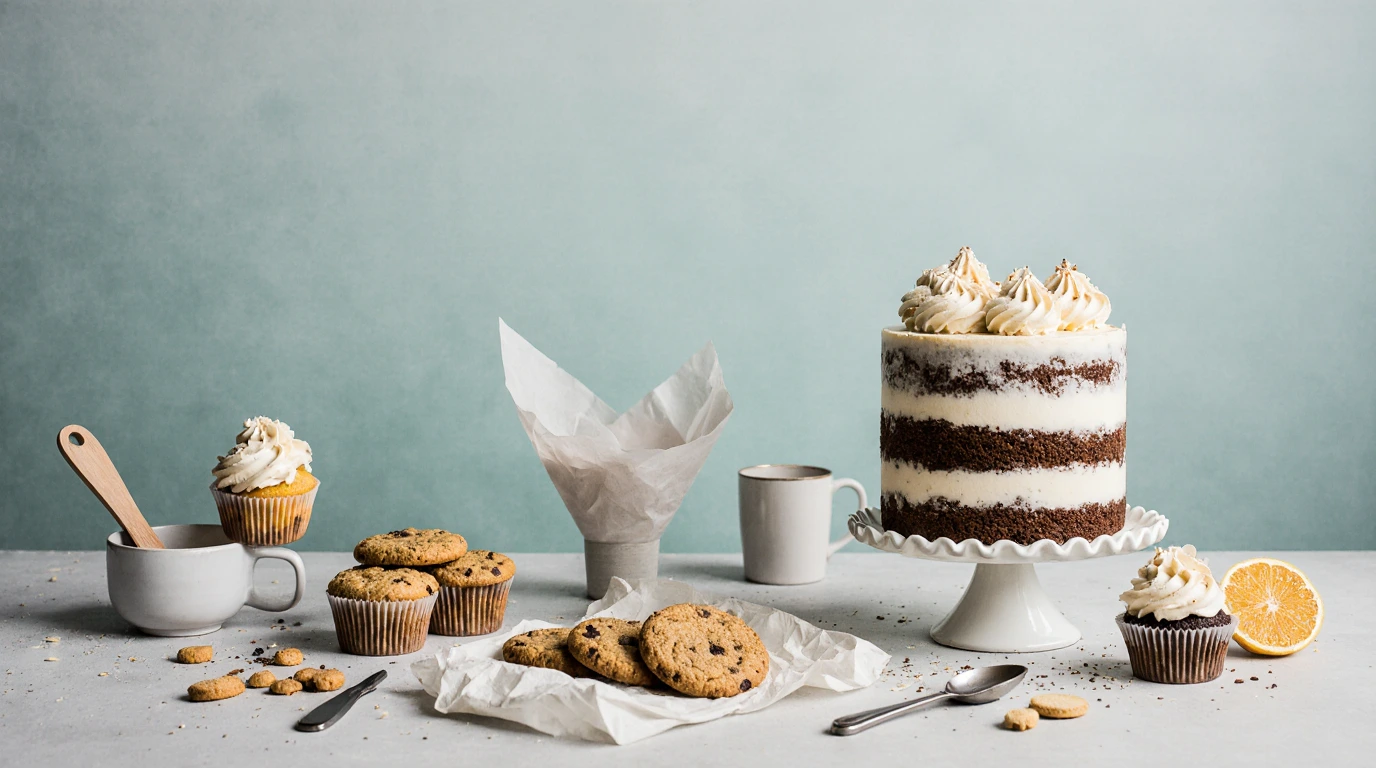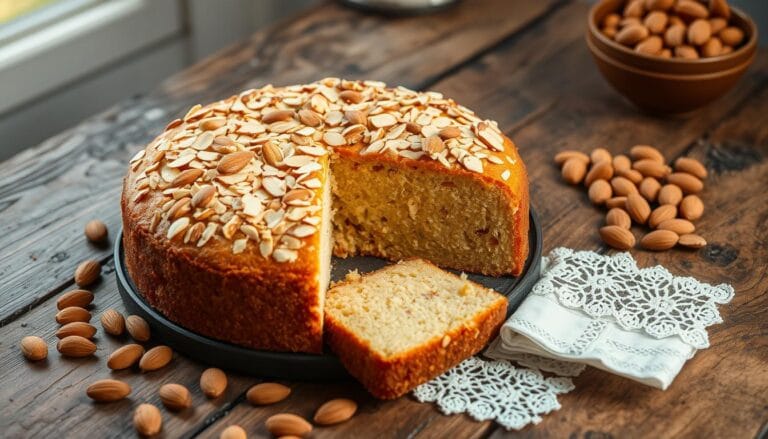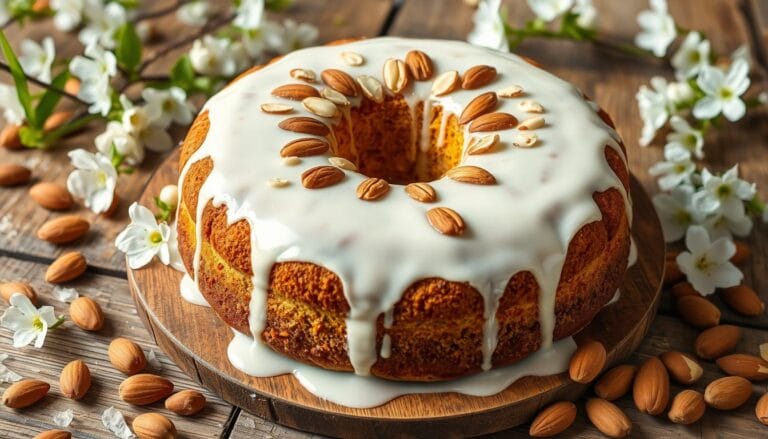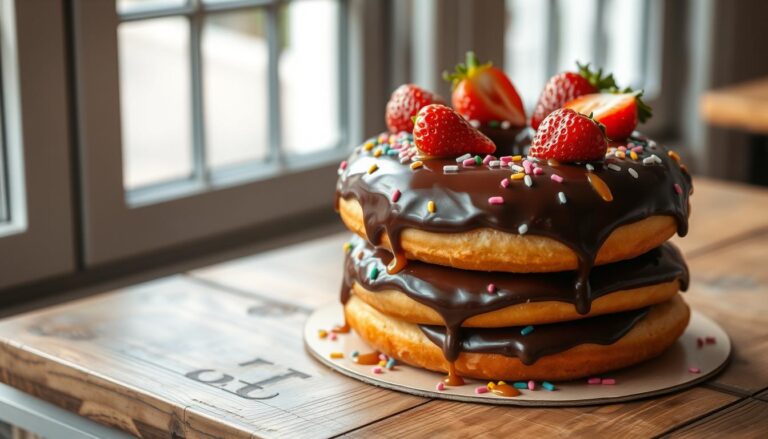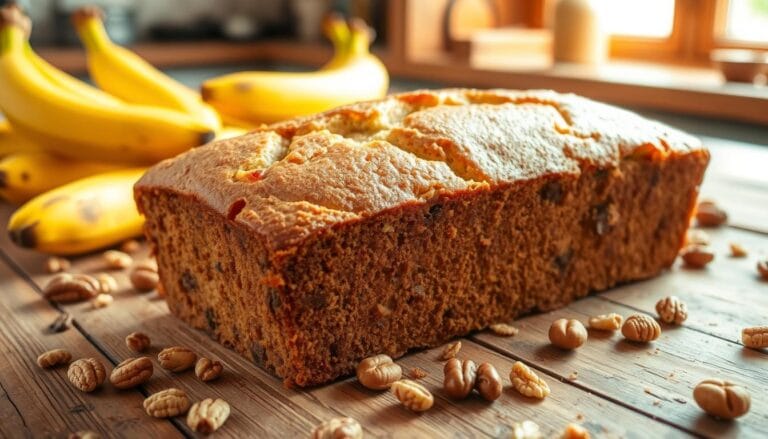10 Baking Hacks Every Home Baker Should Know
Introduction
Whether you’re new to baking or already comfortable in the kitchen, everyone can use a few smart shortcuts to save time and improve results. These baking hacks are game-changers—helping you avoid common mistakes, speed up your process, and take your cookies, cakes, and cupcakes to the next level. From proper measuring to simple tricks for keeping ingredients fresh, this guide will make your life a lot easier.
Ready to bake smarter? Let’s jump into the top 10 baking hacks every home baker should know.
Table of Contents
1. Use Parchment Paper to Avoid Sticking
Parchment paper is a must-have in any baker’s kitchen. It prevents cookies from sticking, keeps your cake bottoms clean, and saves you from scrubbing pans. Just line your baking sheets and cake tins, and you’ll thank yourself later.
Bonus Tip: You can even trace your cake pan on parchment, cut it out, and line the bottom perfectly.
This simple baking hack also helps promote even browning and prevents burnt bottoms.
Want to try it out? Use this trick when making my Vanilla Sheet Cake with Whipped Frosting — it lifts clean every time.
2. Warm Eggs Quickly With Warm Water
Many recipes call for room temperature eggs. Why? Because they mix better with other ingredients, leading to fluffier cakes and more cohesive batters. But what if you forgot to take them out in advance?
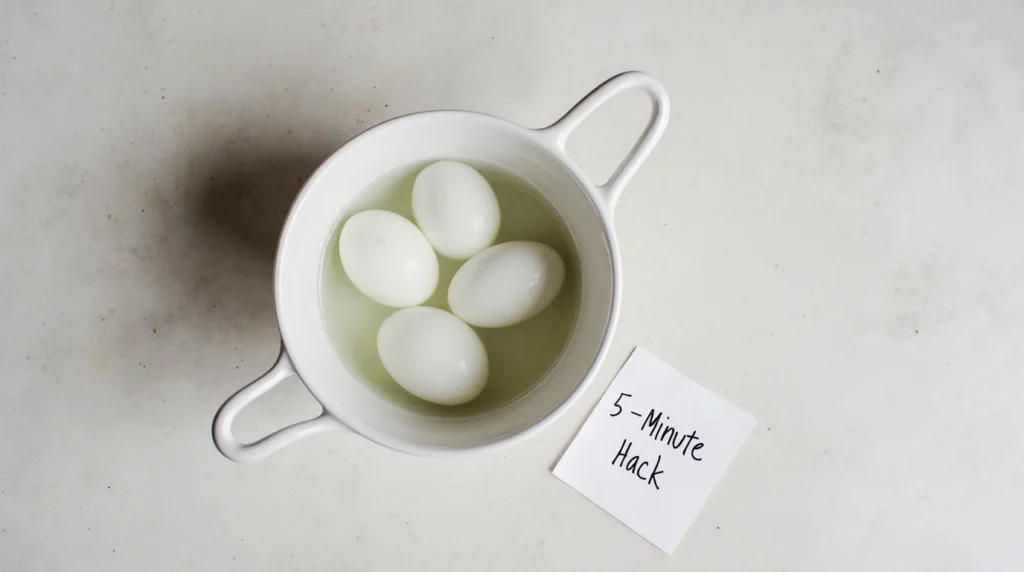
Quick Hack: Place your eggs in a bowl of warm (not hot) water for 5–10 minutes. Voila—room temperature eggs without the wait!
This baking hack is especially helpful for cakes and cupcakes where texture really matters.
I use this method all the time in my Wedding Cake Cupcakes recipe for that perfectly soft crumb.
3. Freeze Leftover Frosting for Later
If you’ve ever ended up with extra buttercream or cream cheese frosting, don’t throw it out! You can freeze it.
How to Do It: Scoop leftover frosting into a freezer-safe zip bag, flatten it for easy storage, and label it with the date. When you’re ready to use it again, let it thaw in the fridge overnight and then re-whip to bring back the fluffy texture.
Freezing frosting is one of the baking hacks that prevents waste and saves you effort down the road.
Try it with leftover frosting from my Cookies & Cream Cupcakes—you’ll never toss frosting again.
4. Use an Ice Cream Scoop for Even Cupcakes
Ever baked a batch of cupcakes and had some turn out way bigger than others? An ice cream scoop helps you portion your batter evenly. This ensures that all your cupcakes bake at the same rate and come out looking uniform.
Tip: Use a medium-sized scoop for standard cupcakes and a small one for mini cupcakes.
Consistent cupcakes = professional-looking results. Another win for baking hacks!
Want a recipe to test this out? Try it on my Wedding Cake Cupcakes and see the difference.
5. The Toothpick Test Isn’t Always Reliable
The age-old toothpick test (inserting a toothpick to check if it comes out clean) has its flaws. Sometimes it comes out clean even if your cake isn’t fully done inside.
Better Method: Use a digital thermometer. Most cakes are done when they hit 200°F to 210°F in the center.
This is one of the more technical baking hacks, but it ensures perfectly baked cakes every time.
I use this technique religiously with my Vanilla Cake with Raspberry Filling to avoid underbaking.
6. Room Temperature Butter Test
Recipes often call for room temperature butter, but what does that mean? It should be soft enough to indent with your finger, but not melty.
Quick Test: Press a finger gently into the butter. If it leaves a dent but doesn’t sink in completely, it’s ready.
If you’re short on time, cut the butter into small cubes and leave it out for 15–20 minutes to soften faster. Another classic baking hack to keep in your back pocket.
Need a recipe to practice this on? My Brown Butter Sugar Cookies are a great place to start.
7. Reuse Piping Bags with the Plastic Wrap Trick
Hate cleaning piping bags? Use this no-mess trick:
The Hack: Lay plastic wrap on the counter, scoop your frosting onto it, roll it into a log, and insert that into your piping bag.
When you’re done, just pull out the wrap and toss it—no mess, no hassle. Smart baking hacks like this save so much cleanup time!
Try it the next time you decorate my Rainbow Swirl Cupcakes—it makes color switching super easy.
8. Keep Brown Sugar Soft With a Slice of Bread
Brown sugar hardens quickly if exposed to air. But there’s an easy fix.
The Hack: Put a slice of bread into your brown sugar container. It keeps the sugar soft and ready to use for weeks.
If it’s already hard? Microwave the sugar with a damp paper towel for 20 seconds.
Simple baking hacks like this save you from mid-recipe panic.
This is especially helpful when making my Chewy Chocolate Chip Cookies, where soft brown sugar makes all the difference.
9. DIY Cake Strips for Even Baking
Ever baked a cake that domed in the middle? That’s due to uneven heat. But you don’t need to buy fancy cake strips.
DIY Hack: Soak old towels in water, wring them out, and wrap them around your cake pan using safety pins. This helps cakes bake evenly and stay flat.
Professional bakeries use this trick all the time—and now it’s one of your go-to baking hacks.
10. How to Save Overbaked Cookies (Microwave Trick)
Overbaked cookies? Don’t toss them just yet.
Quick Fix: Place a damp paper towel over the cookies and microwave them for 10–15 seconds. This softens them temporarily and brings back a chewy texture.
It’s not permanent, but it’s a smart last-minute baking hack to salvage your treat.
I’ve used this many times on my Chunky Peanut Butter Cookies when I got distracted by another batch.
Conclusion
With these 10 easy and effective baking hacks, you’re set up for more successful, enjoyable baking days—whether you’re whipping up birthday cupcakes, holiday cookies, or a classic sponge cake. Small tricks lead to big improvements, and now you’ve got a whole toolbox of them.
Try one or two of these baking hacks in your next bake and let us know how it goes in the comments. Looking for more tips? Check out my post on Beginner Baking Mistakes (And How to Fix Them) for more advice.
And don’t forget to bookmark this post for future baking sessions!

